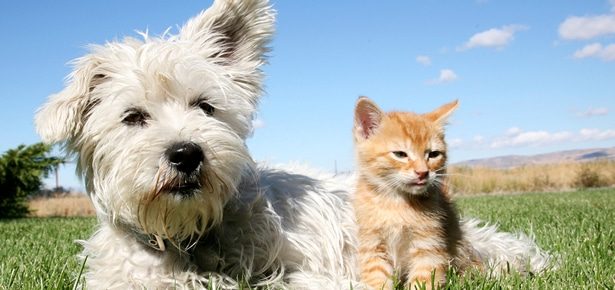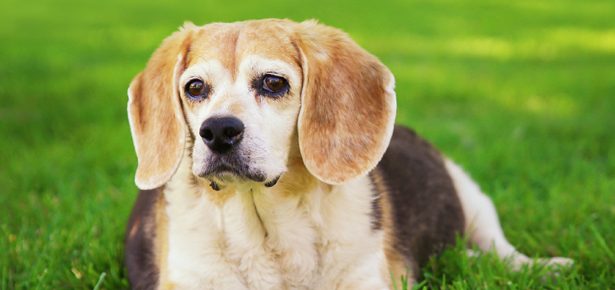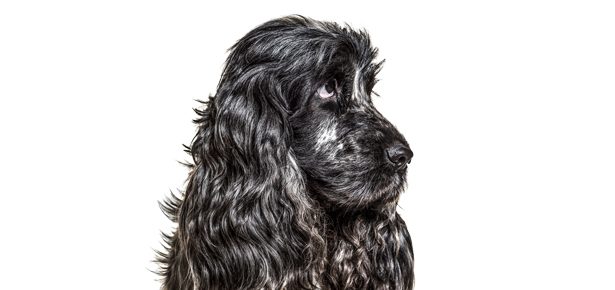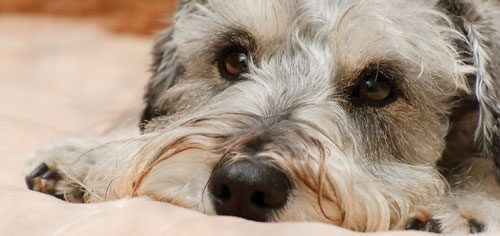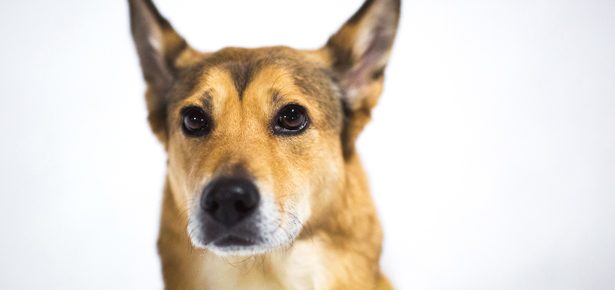
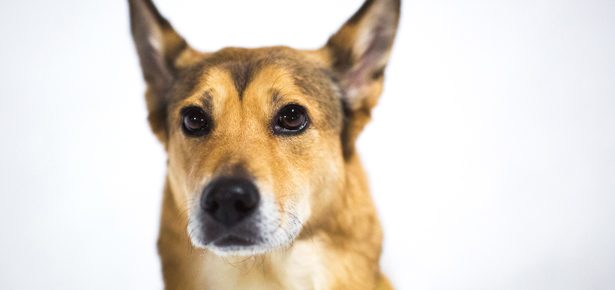
Lumps on Dogs: When You Should Be Concerned!
What to look for and when to worry
Lumps on dogs – should you be concerned? Finding a hard lump on or under your dog’s skin is not uncommon. Sometimes skin lumps (more officially called skin masses or skin tumours) can be present for weeks or months before they are noticed, often during a bath or grooming appointment. These masses can either be benign, in which case there is no concern for spread, or malignant (check out the cancer diet for dogs), meaning there is a risk of the tumour spreading to other organs in the body, it is therefore important to know a few simple things to look out for that raise the level of concern for any newly discovered mass.
If you notice any bumps or lumps on your dog, it is a good idea to book an appointment with your veterinarian to have the mass examined. They will likely start with a visual exam of the mass—noting size, colour, how firm it is, whether it is located solely in the skin or if it extends to deeper tissue like the connective tissue layers. All this information can give hints as to the type of mass, but is not enough for a conclusive diagnosis.
When should I talk to a veterinarian about a skin mass?
» When a new mass is discovered
» If a known mass is growing
» If a known mass changes in colour
» If a known mass changes in texture (how soft or firm it feels)
» If your dog starts taking notice of a previously ignored mass
Your veterinarian will likely suggest a test called a ‘fine needle aspirate.’ This is where the veterinarian will use a needle and syringe to poke the mass to collect cells, and then transfer these cells on to a glass slide. This is typically done with the pet awake and only takes a few minutes. If the mass is very sensitive or located in a hard to reach area, the dog may require sedation prior to this procedure. The slide is usually sent to a veterinary pathology lab where it is examined to determine what cells are present. Veterinarians or technicians with a special interest in cytology (the examination of cells under a microscope) may look at the slides in their own clinic.
Your veterinarian may also suggest a ‘biopsy’ of the mass. This is where a small piece of the mass is removed using a scalpel or a round punch biopsy tool, which collects a small sample of tissue. Biopsies generally give more information than fine needle aspirates since a large cross section of tissue can be collected, but are not recommended in every case since heavy sedation or general anesthetic is required.
There are many different types of skin masses in dogs, but some of the most common are outlined below. Keep in mind these are general guidelines, and everything varies from case to case.
Lipoma
These are usually moderately soft, round masses made up of fat cells located under normal looking skin. They are usually moveable and slow growing. Lipomas are benign fat cells, and can be removed for cosmetic reasons or can be left alone if they are not bothering the dog. Breeds such as Labradors and Miniature Schnauzers are prone to lipomas.
Sebaceous cysts
These small hairless masses grow from the skin and sometimes release cystic contents onto the skin. They can appear wart like. Some cysts remain present for years while others disappear on their own. These cysts are usually benign but can be irritating or become infected. Many owners choose to have cysts surgically removed due to their appearance. Breeds such as Poodles and Bichon Frises are prone to sebaceous cysts.
Mast Cell Tumours
These tumours can take on a variety of appearances both on and under the skin—from looking like a small ulcerated bump on the skin, to a larger mass that changes in size or colour (you won't be able to see colour changes if the mass is under the fur). Mast cell tumours are malignant, and can spread to other parts of the body such as the lymph nodes and liver. A high percentage are diagnosed on the torso, near the paws, and in the area under the tail, though they can also be in other areas, such as the neck. If a mast cell tumour is diagnosed in your dog, your vet will likely recommend surgical removal including surrounding tissue to ensure all the cancerous cells are removed. A pathologist at a veterinary lab will then examine the tissue under a microscope to determine the ‘grade’ of the tumour, which gives information as to how likely it is to spread or recur. In more serious cases, referral to a veterinary oncologist may be recommended, as the dog may require radiation or follow up treatment. Breeds such as Boxers and Pugs are prone to mast cell tumours.
A large percentage of dogs will experience some type of skin lump during their lifetime. A proactive discussion with your veterinarian will help put your mind at ease in the case of benign masses, and give your dog the best chance of successful treatment in the case of malignant masses.
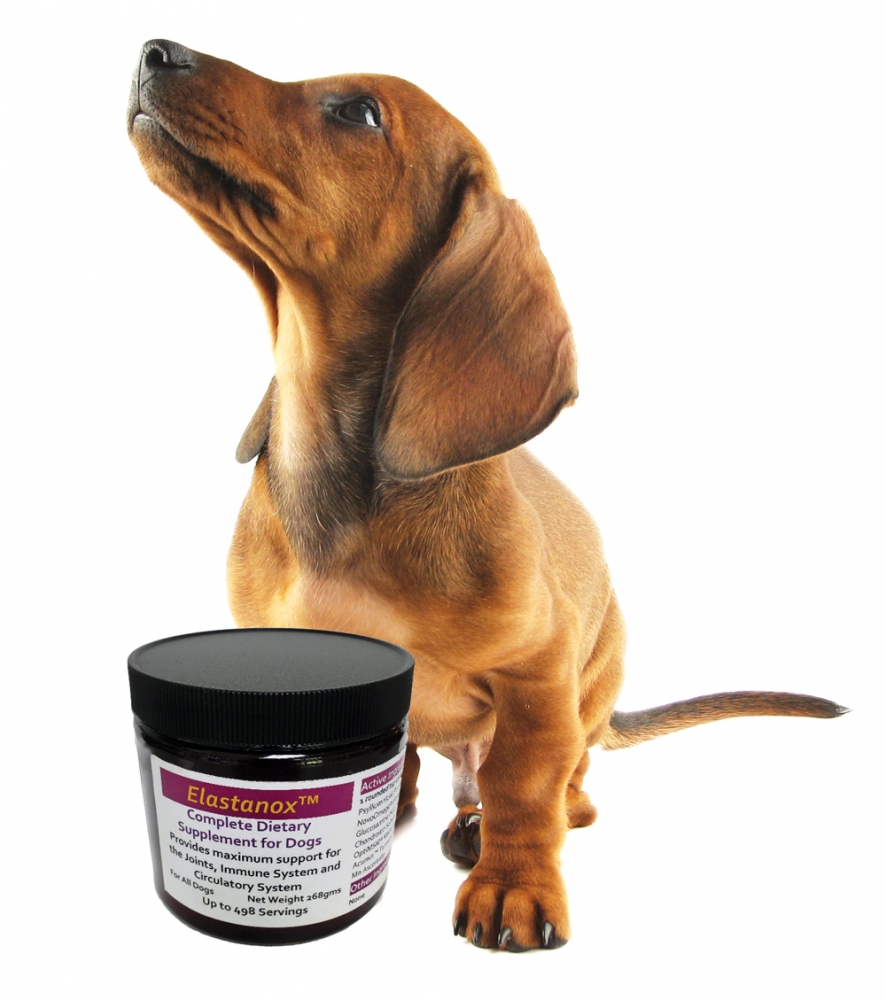
Boost your dog’s health with this complete dietary supplement for dogs. Designed to support the joints, immune system, and circulatory system, Elastanox contains seven super-ingredients including psyllium, omegas EPA and DHA, glucosamine, chondroitin, and curcumin (aka turmeric). Just sprinkle on your dog’s food to ensure he has what he needs for optimal wellness! (From $13, supplipetnutrition.ecwid.com)
Join the newsletter and never miss out on dog content again!
"*" indicates required fields
By clicking the arrow, you agree to our web Terms of Use and Privacy & Cookie Policy. Easy unsubscribe links are provided in every email.

